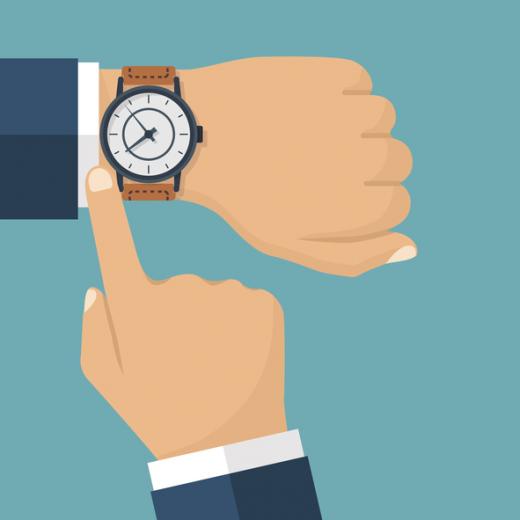1 12
1 12
Instead of the usual 9 a.m. morning meeting, start your session at, say, 8:48 a.m. An unusual start time helps attendees remember it, plus it’s a little off beat. The brain may associate a typical start time with “boring” and “predictable” while “8:48” is a little surprising. Also, when you say 8:48, start right on the dot. Don’t wait even if people are missing. Set expectations with your team beforehand so that they know what to expect.
Instead of “Conference Room #5”, try “Picnic Table #2” out behind the office building—or choose a local coffee shop. It’s amazing what a simple change of venue can do for your team’s productivity and creativity.
Setting a clear agenda provides a clear purpose to the meeting, gives attendees time to prepare, and keeps the meeting from getting hijacked by off-topic discussions. Prepare the agenda (not more than five items) and send it to attendees the day before the meeting. Agenda items should be narrow, focused, and time-bound. Example: “Social Media Strategy, 15 minutes”
If there are reports or notes than need to be reviewed, send them to attendees early enough so that they can read them. Otherwise, your meeting will turn into a “reading session,” which is not a productive use of anyone’s time.
Preferably, it pertains to the topic of the meeting. This wakes up participants and sends a message that everyone needs to be prepared for meetings.
Ask participants not to use phones during discussions. (Consider a policy where anyone whose phone rings must make a donation to a charitable foundation.) Also, refrain from making presentations. Meetings should be a place for brainstorming and decision making, not a PowerPoint show.
At the beginning of the meeting, reiterate the agenda to help attendees focus. Many employees attend back-to-back meetings, so it’s helpful when the agenda is repeated. The meeting organizer should also be clear about what decisions need to be made or what actions need to be taken by the end of the meeting.
A fun way to brainstorm problems is to get attendees to write ideas about a given issue on a piece of paper (one idea per sheet) then fold the paper and put it inside a balloon. Blow up the balloons and toss them around for 30 seconds, then let each member catch one. In turn, each can pop their balloon and build on the idea they find. Using another person’s idea to build a solution leads to creative and productive outputs.
To keep meetings on topic, allow participants to “buzz” anyone who brings up any irrelevant issues by hitting a table buzzer or just saying the word “buzz.” These issues can be noted for future meetings.
One way to increase participation is to have a small token, say a poker chip or a talking stick, given randomly to a person to speak. After that person has shared his idea, he passes it to another person who has yet to receive the chip. Randomization helps to keep the participants’ attention and everyone gets to speak.
For weekly (routine) sales/marketing updates try a 10-minute standing meeting. It tends to bring more energy to the meeting, and when people are standing, they get to the point faster.
This is important to ensure that discussions don’t drag on forever and decisions are made. If people know the meeting is going to end at a specific time, it will drive better meeting behavior by all involved. Quick announcements of the time remaining at regular intervals can also help maintain a proper meeting pace.

